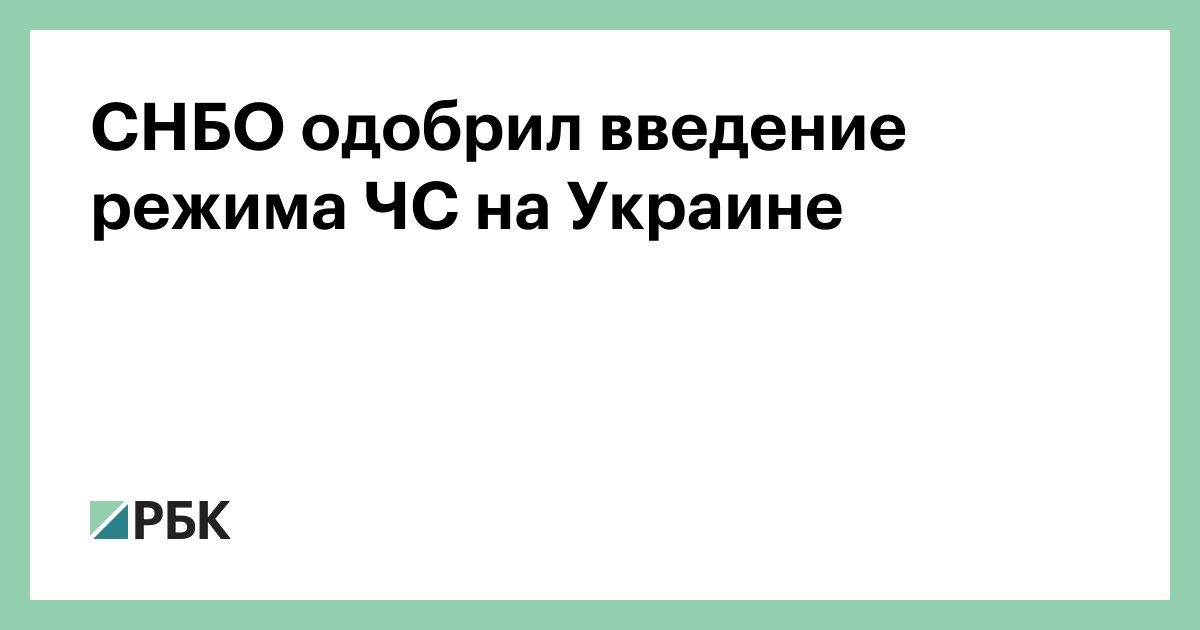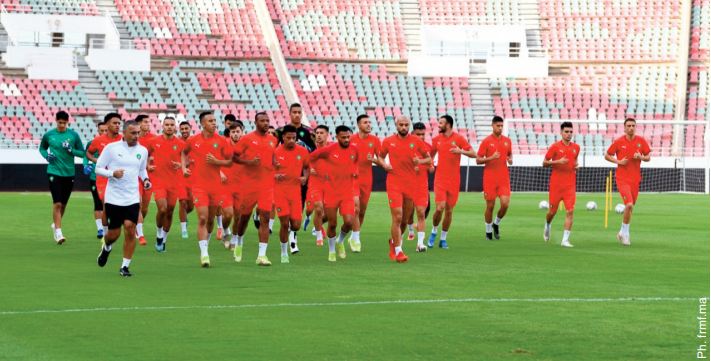In responses to Moscow’s security demands, the U.S. and NATO rejected a demand that Ukraine never join the alliance but offered more transparency on missile deployments in Eastern Europe.

BRUSSELS — The United States has offered to provide more transparency about missile deployments in Eastern Europe in response to Russian security demands, but it rejected Moscow’s insistence that NATO guarantee it would never expand to countries near Russia, including Ukraine, Sweden and Finland.
The offer was included in the American response to Russia’s demands for security guarantees in Eastern Europe, which the United States and NATO delivered to Moscow last week, as fears escalated in the West about the large Russian troop buildup surrounding Ukraine from both Russia and Belarus.
The American and NATO responses were obtained and published on Wednesday by El País, the Spanish daily, and confirmed to The New York Times as accurate by a senior European official. At a briefing on Wednesday, John Kirby, the Pentagon press secretary, also confirmed the documents.
“I note that in the past few hours a proposal made by the United States leaked to a European news outlet,” Mr. Kirby said. “We did not make this document public, but now that it is, it confirms to the entire world what we’ve been saying.”
The broad outlines of the American and NATO responses were known from public statements by both the West and Russia. The disclosure of the documents provides a deeper level of detail.
A NATO official said that “we never comment on alleged leaks.”
Moscow issued its security demands in mid-December, as the West sounded alarms about a potential invasion of Ukraine. Among the most contentious were Russia’s insistence that Ukraine must never be allowed to join NATO, and that the West scale back its military presence to mid-1990s levels. The American and NATO responses, delivered last week, rebuff those demands.
President Vladimir V. Putin of Russia said in Moscow on Tuesday that his government was still “carefully analyzing” the responses, but that his most pressing demands were being ignored. He described the possibility of Ukraine joining NATO as a fundamental threat not just to Russia, but to world peace.
Image
If Ukraine were to align itself fully with the West and acquire NATO weapons, he suggested, it might start a war against Russia to recapture Crimea — which Russia annexed in 2014, a move unrecognized by the international community. That, he said, could lead to war between Russia and the NATO bloc.
Mr. Putin, whose renewed troop buildup along Ukraine’s borders created the crisis, has regularly expressed concern that NATO’s Aegis missile-defense systems in Romania and Poland could also fire offensive Tomahawk cruise missiles at Russia. NATO and Washington insist that the systems are only defensive and are not aimed against Russia but against other possible adversaries, like Iran.
In its response, the Biden administration proposes a reciprocal “transparency mechanism” under which Russia could verify the absence of offensive missiles at the sites in Romania and Poland, while the United States would do the same at two missile-launching bases of its choice in Russian territory; one would likely include Kaliningrad, the slice of Russia bordering two Eastern European NATO members, Lithuania and Poland.
Moscow has stationed intermediate-range missiles in Kaliningrad that can be fired with both conventional and nuclear warheads, one reason the United States and its allies abandoned the 1987 Intermediate-Range Nuclear Forces Treaty, known as the I.N.F. Treaty, in 2019.
Image
Ukraine’s foreign minister, Dmytro Kuleba, endorsed on Wednesday another of the United States’ proposals to help defuse the crisis: an assurance that it would not deploy offensive missiles or permanently base ground troops in Ukraine. The proposal was presented to Russia as contingent on consultations with the Ukrainian government.
The United States and its 29 NATO allies have no combat troops or missiles in Ukraine and have for months said that they have no intention of deploying offensive military capabilities to the country — or of fighting for it against Russia, since Ukraine is not a member of the alliance and thus does not enjoy its commitment to collective defense.
NATO promised in 2008, however, that Ukraine and Georgia could one day join NATO, a pledge that infuriated Mr. Putin, whose goal is to maintain a sphere of Russian influence in the region. The Russian president has been trying to ensure the door remains shut ever since, something the United States has refused to consider.
The offer to rule out future U.S. deployments did, however, address a concern Mr. Putin has raised repeatedly in recent months as his military massed troops near the Ukrainian border: that if Ukraine were to join the alliance, short-range missiles could reach Moscow in flight times of mere minutes.
But it was not a clear-cut concession to Russia. The proposal called for reciprocal commitments by both Russia and the United States to refrain from deploying missiles or troops in Ukraine.
“I would like to note that while the United States has neither missiles nor combat units in Ukraine, Russia has both,” Mr. Kuleba said in a video call with foreign journalists. “And if this proposal is accepted on a reciprocal basis, that will imply that Russia has to withdraw. So, no, we have no objections.”
The flurry of diplomacy on the Ukraine crisis is proceeding along two broad tracks, one between Russia and the United States and NATO that included the exchange of published demands and written replies, the other a preparation for a summit of the leaders of France, Germany, Russia and Ukraine.
Mr. Kuleba said he remained hopeful, in part simply because the diplomacy was continuing despite warnings from Western governments, which started months ago, that an intervention could begin in December or January.
Understand the Escalating Tensions Over Ukraine
Card 1 of 5
“What is reassuring is that we already see diplomacy is working,” Mr. Kuleba said. “Now we are at the beginning of February and the diplomatic efforts continue.”
The United States also proposes negotiations with Moscow on other arms-control measures, announced publicly in Washington in the past. They include a rapid effort to create a treaty to replace the current New START treaty limiting intercontinental-range missiles, and talks to enhance transparency on military exercises and reduce the risk of accidental conflict.
The United States is also prepared to discuss another Russian concern, known as the “indivisibility of security.” That commitment refers to the idea that nations may not seek to increase their security at the expense of another state’s security.
Russia insists that the eventual membership of Ukraine in NATO would adversely affect its security. The U.S. said it disagreed but would be willing to discuss the issue.
But Washington rejected the idea of any restraint on the rights of any sovereign country, wherever located, “to choose or change its security arrangements, including treaties of alliance.”
Image
Both Washington and NATO also rejected the Russian demand that they negotiate separate treaties with Moscow that would require them to remove all troops and equipment from NATO member countries that border Russia, including Poland and the Baltic States.
Instead, Washington insists that NATO’s enhanced forward battalions in Poland and the Baltic countries, established after Russia annexed Crimea and supported separatists in eastern Ukraine, were not “permanent,” since they rotate. It also said that a total of some 5,000 troops did not constitute “substantial combat forces,” in accordance with the 1997 NATO-Russia Founding Act.
Instead, the documents say that “further Russian increases to force posture or further aggression against Ukraine will force the United States and our Allies to strengthen our defensive posture.”
The documents the United States and NATO provided to Moscow are relatively general in tone and do not attempt to draft treaty language. Instead, they set out for Russia where the United States and NATO are prepared to engage for negotiations once Russia de-escalates around Ukraine.
The texts describe in more detailed form the messages that Western leaders have conveyed in public to the Kremlin. The United States and NATO coordinated their responses, with U.S. officials saying that every point involving other governments including Ukraine was discussed with them.
El País did not describe how it obtained the documents; the Kremlin spokesman, Dmitri S. Peskov, said on Wednesday that Russian authorities had not released them.
Steven Erlanger reported from Brussels and Andrew E. Kramer from Kyiv, Ukraine. Michael Crowley contributed reporting from Washington.
Note: This article have been indexed to our site. We do not claim legitimacy, ownership or copyright of any of the content above. To see the article at original source Click Here















